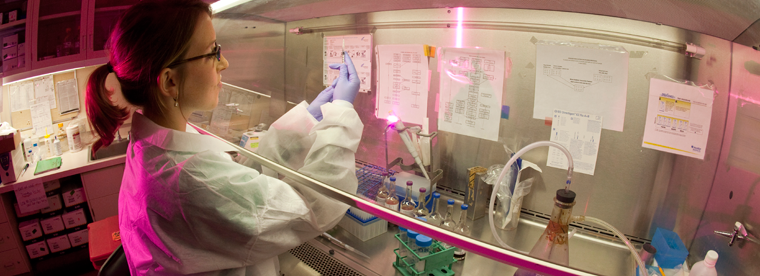Researchers from the Firefighters’ Burn and Surgical Research Laboratory at MedStar Washington Hospital Center evaluated wound cleansers to limit the effects of two strains of antibiotic-resistant bacteria.
Published in Advances in Skin and Wound Care, this study sought to identify the effectiveness of wound cleansers that may be used in both the setting of chronic wounds and in actue wounds such as burn injuries. The goal of “Disruption of Biofilms and Neutralization of Bacteria Using Hypochlorous Acid Solution: An In Vivo and In Vitro Evaluation” was to see which cleansers were most effective in stopping methicillin-resistant Staphylococcus aureus (MRSA) and Pseudomonas aeruginosa, two infections that can impact patient outcomes.
The lead author on this was Anna Day. The study team included Abdulnaser Alkhalil, PharmD, Ph.D.; Bonnie C. Carney; Hilary N. Hoffman; Lauren T. Moffatt, Ph.D.; and Jeffrey W. Shupp, MD. The Burn Center at MedStar Washington Hospital Center is the only adult burn center in the region and the Burn Research Team here focuses on the study of surgical and chronic wounds and traumatic injuries, including wound healing, non-invasive imaging, and burn pathophysiology.
This study utilized collagen films with active bacterial cultures, which were treated with the wound cleanser, Vashe Wound Solution (VWS), 1% and 10% povidone-iodine, 0.05% chlorhexidine wound solution (CWS), or normal saline.
The films were then evaluated using multiple assays to assess bacterial cell death, and using traditional quantitative cultures. Each assay was performed in three times for each treatment group, and the experiment was done in duplicate for each bacterial strain. The cleanser was also tested for cytotoxicity in human skin cell cultures to evaluate for the potential cell toxicity to the host wound bed.
The MRSA films treated with the VWS were found to have a similar amount of live bacteria cells as the CWS-treated films. Both of these films were found to have a higher number of dead cells than live cells and both showed more dead cells than those films treated with the saline.
“These findings support the use of VWS in the treatment of wounds with biofilms,” the study concluded. “Ultimately, VWS had a similar effectiveness to CWS in eliminating bacteria but with lower cytotoxicity.”
Advances in Skin & Wound Care, 2017. DOI: 10.1097/01.ASW.0000526607.80113.66

